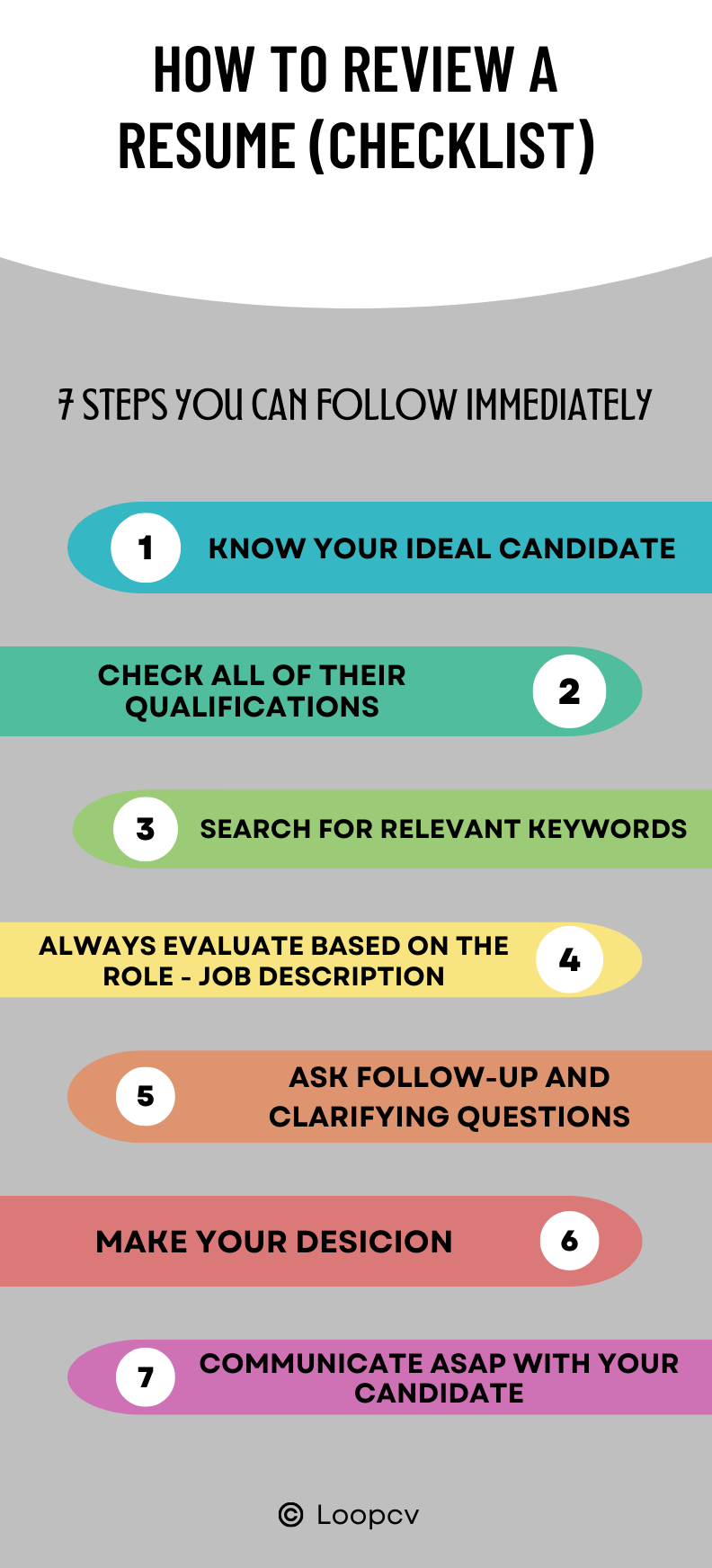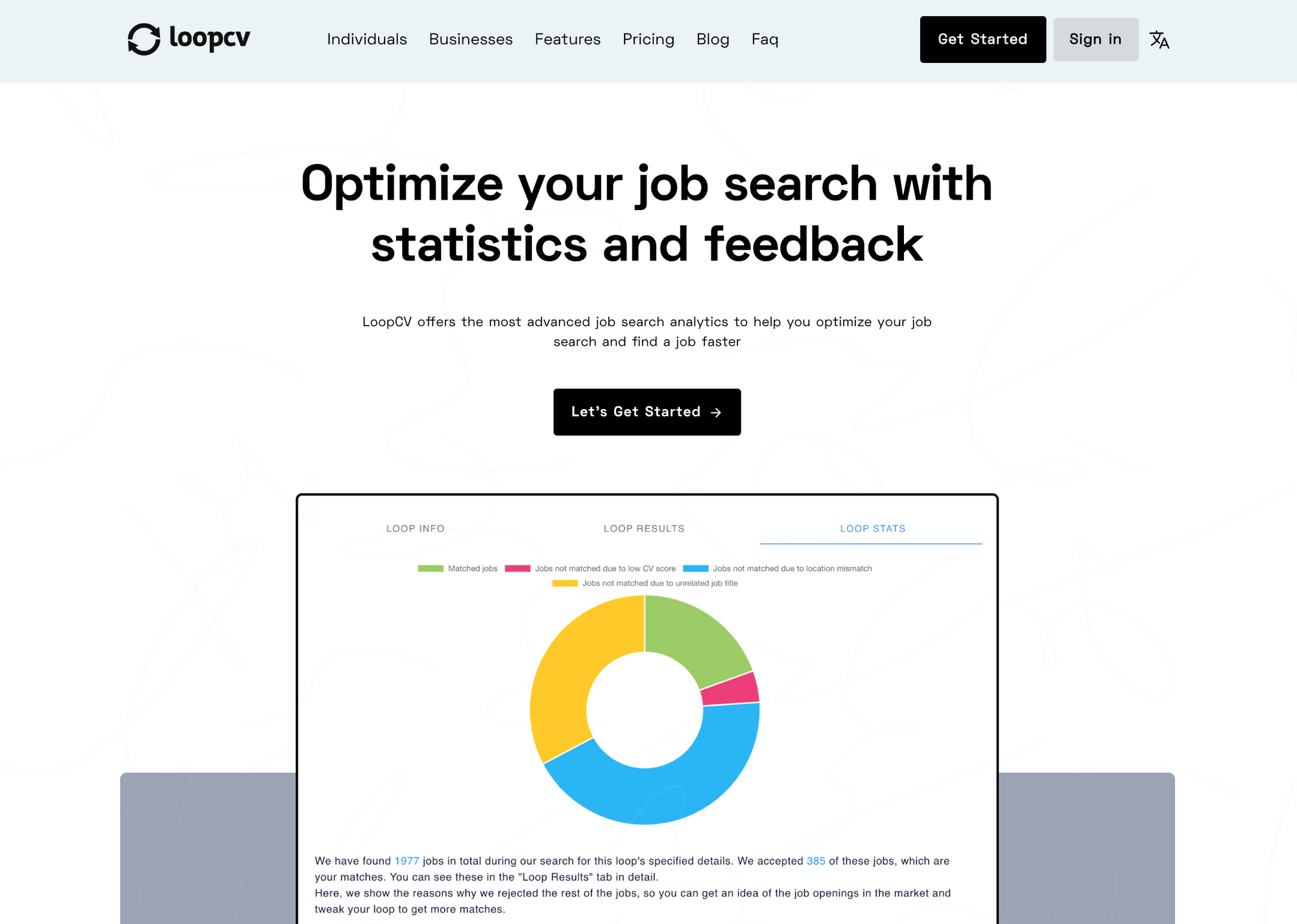Guide: How to review resumes
Resume reviewing is a common duty for hiring managers, just as resume authoring is for jobseekers worldwide. A resume's objective is to get an applicant passed the initial screen and get into an interview.
A single piece of paper might make it tough to appraise a prospective candidate, but a resume can help you easily compare several applications to the advertised job qualities you're searching for and locate the most promising prospects. In quest of the top talent, Google's resume screening staff evaluates roughly three million resumes every year from practically every nation.
Resumes are undoubtedly a poor method of screening ability. Unconscious bias has a lot of opportunity to color the information. According to research, minor signs such as names, clubs, residences, school, past job, race, parental status, socioeconomic level, and so on might unintentionally influence a candidate's expectations and judgment.
Time constraints may also cause unconscious bias and impair decision-making. As a result, a methodical and consistent approach to examining resumes might be advantageous.
» FREE TRIAL: Get Started with LoopCV & Send Out 100s of Highly-Targeted Job Applications in <10 Minutes
Review resumes without bias
People are more likely to notice items that immediately and obviously fit what they are seeking for and disregard what they aren't.
People with Affinity Bias often react favorably to others who share at least some essential component of their own identities: Where they went to school, a region of the nation where they both resided, and give less credit to those who don't.
With Association bias, individuals may unintentionally rate a resume based on the applicant's presumed gender, colour, or ethnicity. One of the easiest methods to avoid this final unintentional prejudice is to have an associate scratch out applicants' names and any other demographic identifiers before resumes are disseminated.
Priming is another strategy that may help protect against unconscious prejudice. Priming comprises maintaining a list of the ten most important qualities for a certain employment while doing a resume evaluation. This procedure enables a hiring manager to locate proof of those qualities while being less distracted by material on an individual resume that diverts attention away from the credentials sought.
According to research, women are far less inclined to apply for jobs that include "masculine-coded" terminology such as "active," "confident," and "motivated." Surprisingly, feminine-coded phrases like "interpersonal," "honest", and "support" had little influence on male candidates.
How to Evaluate Resumes
Separate the wheat from the chaff as soon as possible.
Even if you've prepared an excellent job description and a thorough candidate profile, you'll almost certainly have to analyze applications from unqualified candidates. Make a list of the bare minimum of skills, experience, and education necessary for the position, whether it's remote, hybrid, or in-house.
Use this as a framework to effectively classify resumes into yes, no, and maybe piles. Then you may go down to the more specific filters.
1. Consider the employment market.
When considering how to analyze the resumes you've received, keep in mind that the ideal applicant may not be available, particularly in today's hyper-competitive employment market and talent shortages. As a result, managers should hire for potential as much as they do for abilities or career experience.
It is sometimes better to give expert training to fill any gaps.
2. Keep an eye out for any red flags.
Some resumes feature red flags that indicate possible issues that may outweigh a candidate's qualifications and expertise.
The following are the most significant red flags to watch for while evaluating resumes:
- Unexplained employment gaps
When analyzing an applicant's work history, keep an eye out for extended gaps between jobs. While there may be a completely valid explanation, such as military duty, any serious applicant should be prepared to explain any gaps during an interview.
2. Job-hopping excessively
Job hopping might be seen as a sign of ambition. However, too many employers in a short period of time may suggest an uncommitted employee. People quit employment for a variety of reasons, but because you'll be investing substantial resources in onboarding and training new employees, you need to ensure it'll be worthwhile.
3. Careless errors
With so many online tools and books dedicated to resume writing, there's no justification for a resume that's difficult to read, poorly arranged, or riddled with typos. Candidates that present sloppy papers show a lack of attention to detail, which is a major disadvantage in most areas.
3. Look for customized message.
Some resumes may pass your first scrutiny but fall short when you look deeper. If the resume and cover letter look generic, the candidate is most likely submitting the identical material to many businesses.
Serious candidates tailor their resumes to highlight the abilities and qualities most relevant to the job description you provided. When reviewing resumes, seek for those that have been tailored to that particular job ad.
4. Pay attention to the specifics while reading resumes.
Great candidates demonstrate!
Instead of just detailing their responsibilities, wise job applicants offer instances of how they contributed value to their firm, such as saving money, optimizing a process, or obtaining vendor discounts. This might be expressed as statistics, percentages, money, or other quantitative representations.
When it comes to recruiting new personnel, your goal should be to enhance your company's bottom line, so don't settle for resumes that are long on buzzwords but short on facts.
Working with a talent solutions provider provides you with access to recruiting professionals that can assist you!
5. Be strict.
While a checklist might help you reduce down applications objectively, maintain an open mind. Not everyone has followed a standard professional route, and their experience may be enhanced as a result. Make a distinction between necessary credentials required for the position and knowledge that may be readily acquired in-house.
It might be beneficial to step back from the tiny details and evaluate resumes in their larger perspective. For example, even in a competitive job market, an employment gap isn't always a dealbreaker. It might conceal a candidate who has taken time out to care for a kid or an aged parent, or who has returned to school to seek another professional path.
Even if they aren't quite skilled with the newest cloud software, a candidate with that degree of responsibility or inner desire may be a better pick than someone who has a lengthy résumé but travels from post to post lightly.
The important takeaway is that candidates that catch your attention are worth pursuing, even if their professional history is unconventional.
» FREE TRIAL: Get Started with LoopCV & Send Out 100s of Highly-Targeted Job Applications in <10 Minutes
How to review a resume (checklist)

Loopcv
After the review of the resume you can start sending applications receiving additional feedback about your keywords and selected job types and locations.

Our platform can help you select the best keywords you have to include in your resume in order to win any ATS (applicant tracking system) and at the same time optimise your profile in order to book more interviews with companies hiring.
You can also read our article:





